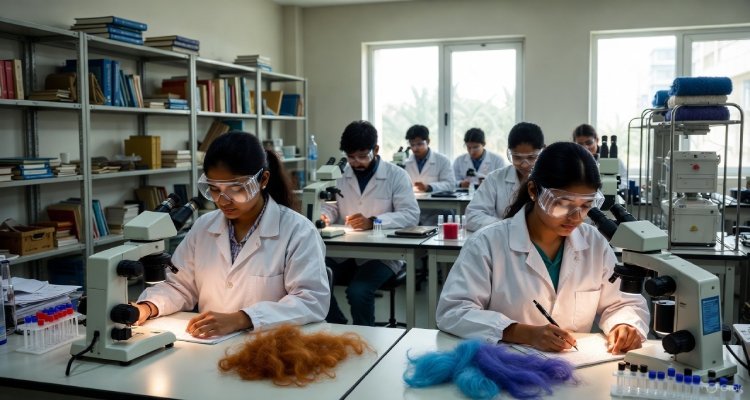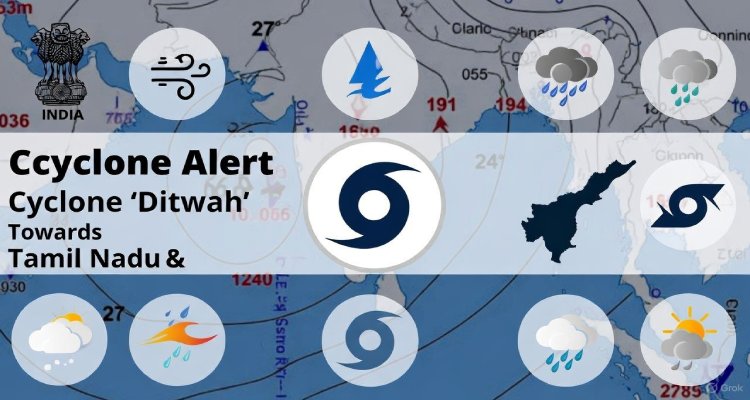The Secret Life of Seeds: How They Outsmart Extinction
Seeds are nature’s ultimate survivors. Discover how they use dormancy, resilience, and adaptability to outsmart extinction in a changing world.
Introduction: Nature’s Silent Strategists
In the quiet soil beneath our feet lies one of nature’s greatest survival stories—one that has been unfolding for hundreds of millions of years. Seeds, seemingly lifeless specks, carry within them the power to restore forests after wildfires, revive plant species after droughts, and even reappear after centuries of dormancy. They are the original time travelers of the natural world, equipped with extraordinary strategies to cheat death and defy extinction.
Context & Background: Ancient Origins of Resilience
Seeds first appeared around 360 million years ago, marking a turning point in plant evolution. Unlike their spore-producing ancestors, seeds could encase life in a protective shell, waiting for the perfect conditions to emerge. This innovation allowed plants to colonize vast new territories—from scorching deserts to frozen tundras.
Throughout history, seeds have played a silent but vital role in human civilization. Ancient Egyptians buried grain in tombs to sustain the dead in the afterlife. Indigenous communities in the Americas developed seed-saving traditions to ensure food security across generations. And today, with biodiversity under threat, seeds have become frontline soldiers in the fight against extinction.
Main Developments: Survival Tactics in a Changing World
Seeds employ a wide range of sophisticated survival strategies:
Dormancy – The Art of Waiting
Seeds can “pause” life for decades or even centuries. The Judean date palm, extinct in the wild for nearly 2,000 years, was recently revived from seeds found in ancient ruins. Dormancy ensures seeds avoid sprouting during unfavorable conditions, such as drought or frost.
Protective Armor
Many seeds have tough, water-resistant coats, shielding them from extreme temperatures, predators, and mechanical damage. The lotus seed can remain viable for over 1,000 years thanks to its impermeable shell.
Traveling Far and Wide
Seeds have evolved ingenious dispersal methods—hitching rides on animal fur, floating across oceans, or even being launched explosively from their pods. This ability to travel increases their chances of finding a safe place to germinate.
Chemical Warfare
Some seeds contain toxins to deter animals from eating them before they are ready to grow, while others produce compounds that inhibit nearby plant competitors.
Expert Insight: The Science Behind the Strategy
Dr. Elaine Foster, a botanist at the Royal Botanic Gardens, explains:
“Seeds are evolutionary masterpieces. Their genetic diversity and adaptability make them one of the most effective survival units in nature. By studying them, we’re learning not just how to save plants, but how to secure our own future food supply.”
Global initiatives such as the Svalbard Global Seed Vault in Norway now store millions of seed varieties, acting as a backup for global agriculture. These facilities protect genetic diversity from threats like climate change, disease, and natural disasters.
Impact & Implications: Why Seed Survival Matters Now
With ecosystems under unprecedented stress—from deforestation to rising temperatures—seed resilience is becoming a cornerstone of conservation. The extinction of a plant species can have cascading effects, impacting pollinators, soil health, and even human food systems.
By safeguarding seeds, scientists can restore devastated habitats, reintroduce endangered species, and maintain the genetic diversity needed for crops to withstand future challenges. In this sense, seeds are not just relics of the past—they are blueprints for the planet’s future.
Conclusion: A Legacy Encased in Life’s Smallest Package
Seeds may be small, but their impact is monumental. They are silent archivists, holding the memory of ecosystems long gone and the promise of landscapes yet to come. As we face a century of rapid environmental change, the survival strategies of seeds remind us of a powerful truth—life always finds a way.
Disclaimer: This article is for informational purposes only and does not constitute scientific or agricultural advice.











